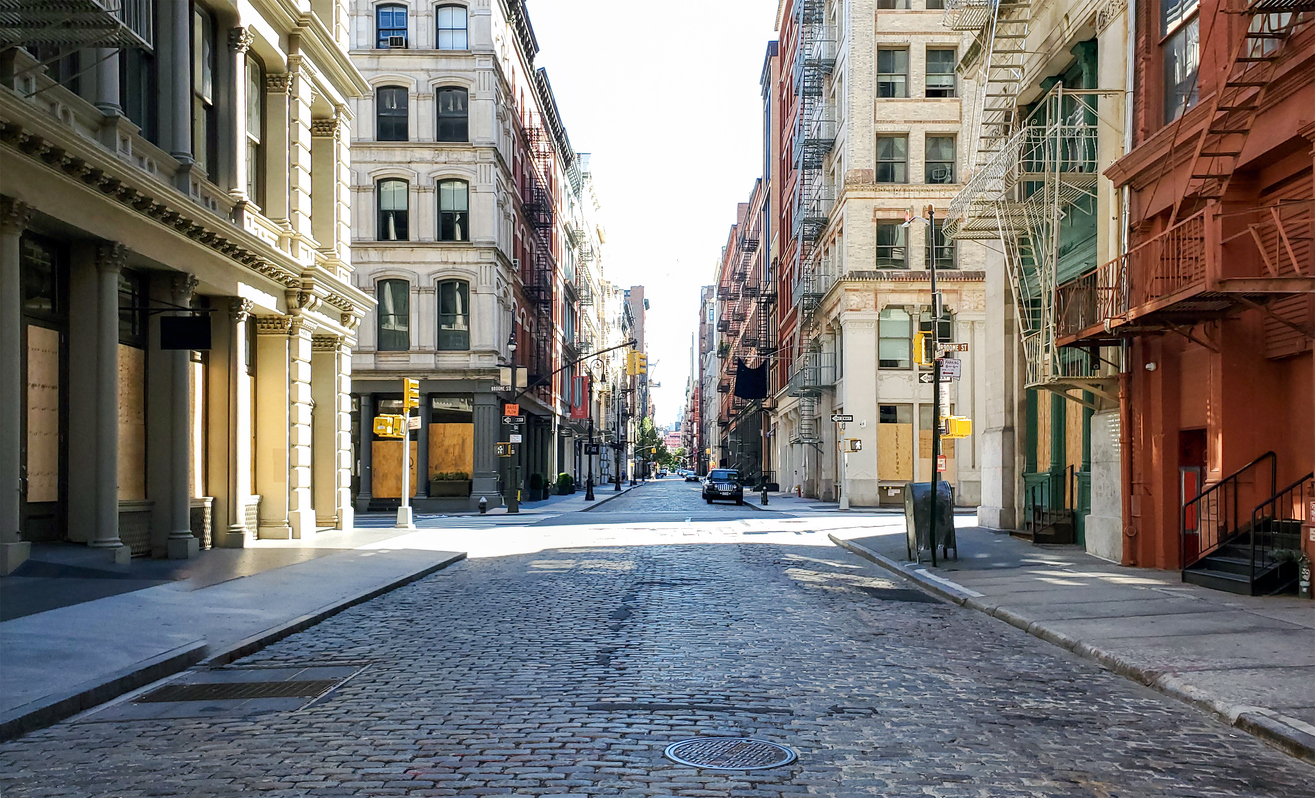- February 6, 2025
- 2 minutes read
New York’s Office-to-Residential Conversions Surge Amid Changing Work Patterns

In response to evolving work habits and a persistent demand for housing, New York City is witnessing a significant increase in the conversion of former office spaces into residential apartments. This trend has been particularly notable in the aftermath of the COVID-19 pandemic, which has led to a sustained prevalence of remote work.
In 2025, New York leads the nation with 8,310 office units slated for residential conversion, marking a 59% increase from the previous year. Prominent examples include the luxury apartments at 55 Broad Street and the extensive transformation of 25 Water Street. These projects aim to address the city’s housing shortage while repurposing underutilized office spaces.
Developers are capitalizing on the opportunity to meet the growing demand for housing by converting outdated office buildings into modern residential units. However, the process presents challenges, such as ensuring adequate natural light and updating infrastructure to meet residential needs. Despite these hurdles, the trend reflects a practical response to the city’s evolving urban landscape.
This movement is not confined to New York alone. Other major cities, including Washington, D.C., and Chicago, are also experiencing a rise in office-to-residential conversions. Factors such as increased remote work and a desire to revitalize urban centers contribute to this nationwide trend.
As New York continues to adapt to post-pandemic realities, the repurposing of office spaces into residential units offers a promising avenue to address housing demands and revitalize underused properties. This approach not only provides new housing options but also contributes to the dynamic evolution of the city’s architectural landscape.
